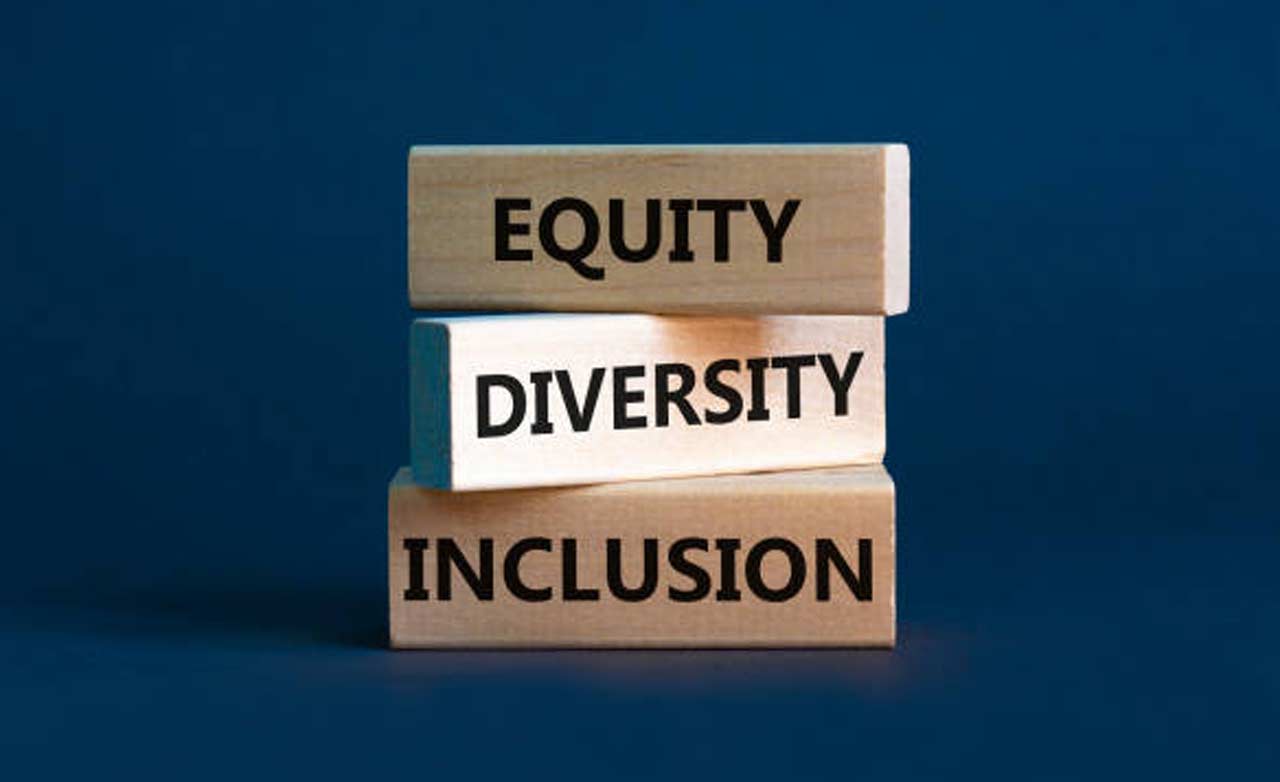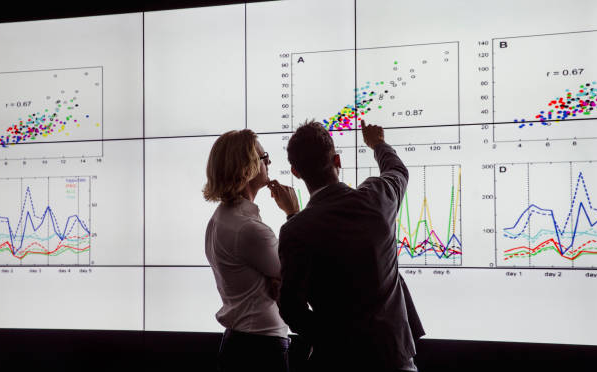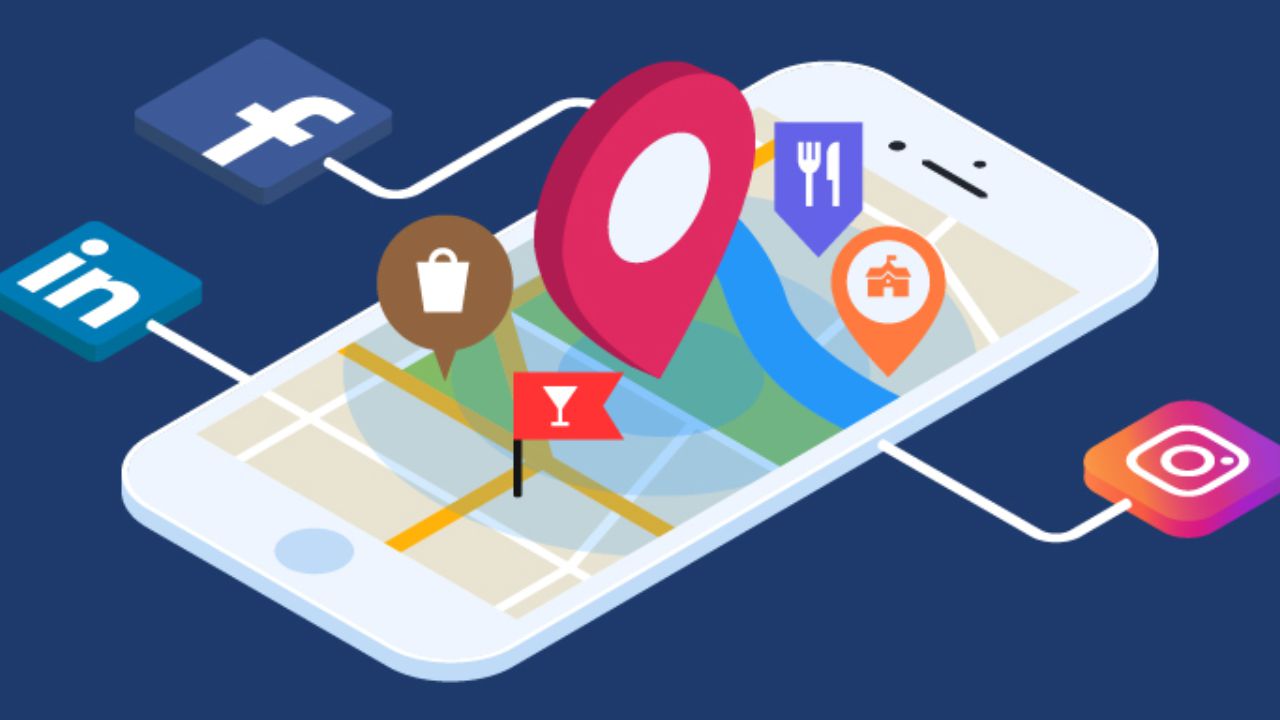Do you know your way around the web? Facebook and forums are your digital home? Well, then you only see the tip of the iceberg. Because under the chic surface, the Darkweb is hidden – a network hidden from the normal user in which the underworld drives around. And possibly now sold their account details to the highest bidder.
What is Darkweb?

To stay in our example: the ice under the surface where you surf every day with your browser is called Deep Web. The Darknet in turn is part of this deep web. Pages from the Deep Web are not listed in search engines and largely consist of databases. The astonishing here is: The amount of data on the Deep Web is estimated 500 times larger than that of the visible web.
Can it be account access?
Hardly anything is as sensitive as access to our account. We guard our PIN like our eyeball, shred the account statements, and only use the safest TAN methods. Well, maybe not all of it. But most is particularly important to them when it comes to banking. And for good reason: if you take care of our account, you can cause us sensitive damage.
But all of our security measures are useless when hackers enter the databases of large retailers and payment services. It is logical that these hacks are not particularly well known: after all, every successful attack on sensitive data harms the company’s image.
See Also: 5 Skills to Kick start Your Career in Cybersecurity
The damage is particularly great when email accounts are hacked. Criminals often find further access to data from other portals. Although data protectionists always point out to make passwords as cryptically and complex as possible, you do not need to be surprised if “123456” in the ranking of passwords is 1st place and “password” in all seriousness.
In the shallows of the web
Terrifying but true: The data from payment cards are among the most lucrative and most frequently stolen. In this way, entire data packages are combined in the Darkweb. As in the legal market, the demand for the offer determines the price.
Don’t worry, the sellers have thought of everything: the data is clearly structured according to origin and budget. So you can buy the account of an American with a balance of $ 2,200 for a Rupine of $ 190. But be careful, we don’t guarantee the price!
Data are not safe
The scandals of the past have shown: mobile operators, online retailers, payment services, multimedia portals, software companies, and mail hosts-no system is safe from hackers and often they are targeting the million-dollar robbery of customer data.
The criminals do not stop at the major financial actors of this world: in 2011 the International Monetary Fund (IMF) was the victim of such an attack.
The data thieves prove special ingenuity for credit cards. According to the McAfee, Hidden Data Economy Report, full, so-called “Fullzinfo” data packages are sold on the Internet. This includes all the essential information about credit cards:
- Owner with first and last names
- Billing address
- Card number
- Validity date
- Pin
- Social Security Number (USA)
- Birth date
Such a package already receives users within the European Union for $ 45. Buyers can therefore not only freely choose the scope of the data, but also the region from which the credit card comes. According to the report, maps within the EU are the most expensive.
According to the experts, however, credit card data is not in the foreground of criminal business, but the accounts for online payment services, which are mostly linked to the checking account and thus indirectly endanger banking. But even those who do not use payment services on the web have to be on the hat because at least as much of the login data for online banking accounts are sold.
The “purchase value” of an account is 9-10 % of the balance. In addition to the numerous fakes that are sold, a lot of real data hikes about the counter. As evidence, the gangsters upload screenshots from the online banking area of their victims.
How can I protect myself?
The fact is: individual users can only protect themselves from data theft. However, if a hacker group succeeds in gaining access to the database of a payment service or a bank, the criminals in any case reach the sensitive data. The fact that they sell them in the hidden Darkweb makes it difficult to investigate the authorities.
Basically, every online service you use can be the goal of such an attack. The damage that the Federal Republic suffers through this form of crime is approximately 1.6 % of the gross domestic product – as much as no other country on earth.
The banks are silent on the topic. In 2013, two banks in the Persian Gulf lost $ 45 million.
No wonder financial institutions and companies are reluctant to report successful cyber attacks: no user wants to create an account with a service provider from which criminals have skimmed off the login data.
You cannot protect yourself against hacks on databases, but vigilance helps.
Tip
Are there unusual movements in your account? Many online services save the date and time of your last login. Therefore, check whether you actually logged in at this time.
If you have caused financial damage by trading account details, you are not liable, but the bank for it. This must prove to them that they acted grossly negligent. If this is not the case, you are not to blame for the theft of your data. Important: Start your bank immediately if you notice the damage.
Conclusion
In the Darknet, technical progress shows its darkest side: here the trade with highly sensitive data blooms and thrives. Unfortunately, this also includes access information to checking accounts. Therefore, regularly check your account activities and login data and read our contribution to online security.
Even if the threat is capped on the part of the industry, be on your hat and immediately contact your bank if you notice suspicious activities in your account.








